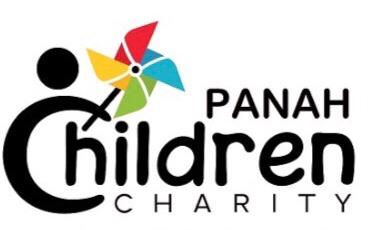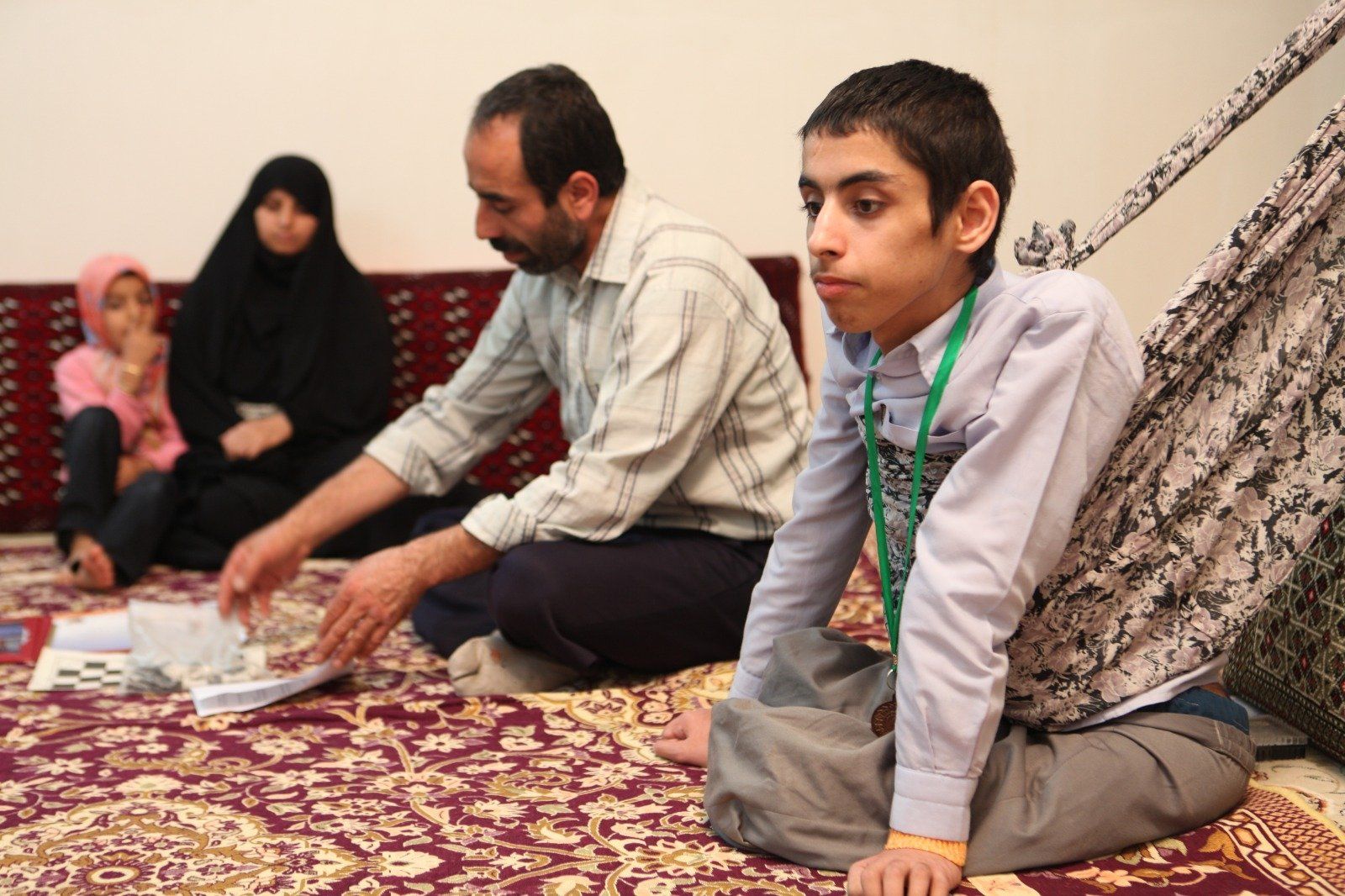Duchenne Campaign
Dania Ahmed • 10 February 2020
How Donations will Support Children with DMD
- Mobility assistance – including exercise, physiotherapy, physical aids and accessibility arrangements for schools and communal areas.
- Support groups – to deal with the practical and emotional impact of DMD for children and families
- Surgery – to correct postural deformities, such as scoliosis
- Medication – such as steroids to improve muscle strength, or ACE inhibitors and beta-blockers to treat heart problems
- Training - educational campaigns for the public, guardians, families, healthcare professionals, teachers, social workers and dieticians to optimise the care give to children
- Diagnosis - examinations, blood tests, electrical tests on nerves and muscles or muscle biopsies.
- Treatment - provision of community clinics for specialist paediatric neurological physiotherapy, hydrotherapy and occupational therapy. Access to urgent medical aid and supplies.
We are working alongside Duchenne Persia, set up by Iranian filmmaker Sohrab Kavir. We will be screening Kavir's documentary about Duchenne Muscular Dystrophy in Iran, "Game On" at the London Film School (date to be confirmed). All profits from the screening, along with donations from the Duchenne Campaign will go towards helping children with DMD in Iran.
What is Duchenne Muscular Dystrophy?
Duchenne Muscular Dystrophy (DMD) is the most common and severe form of muscular dystrophy, present from birth. It usually affects boys from early childhood. DMD is characterised by progressive muscle degeneration and weakness. Over time, this causes increasing disability. The mutations are often inherited from a person's parents. Hence, if there is a family history of DMD, early diagnosis of developing the condition and appropriate physical and psychological support could improve the quality of life and mobility of a child. There is currently no known cure for DMD. However, a variety of treatments can help manage the condition, and help with the physical disabilities and problems that may develop.
Quality of Life and Life Expectancy
Although the average life expectancy of children with DMD in Europe, America and Canada is 28 years, with some Duchenne adults reaching 30-40 years of age, this is not the case in Iran. In Iran the the majority of children with DMD have a life expectancy of teenage or early 20’s. Many children with DMD in Iran deteriorate rapidly in the early stages of the condition, due to a lack of access to physiotherapy and occupational therapy to maintain mobility. These children progress to immobility and dependence much earlier, experience increased rates of chest and urinary tract infections, emaciation, limb contractures, fractures and the spinal distortions that can lead to earlier cardiac and respiratory failure. When their families are no longer able to care for them, children with DMD are often moved to inadequately resourced institutions, where they may die alone and unattended at night- usually as a result of respiratory dysfunction and subsequent respiratory or cardiac failure.
The progression of the condition can be slowed with access to early diagnosis, early initiation of physical and pharmacological treatment, good nutrition and access to technology to support cardiac and respiratory function. When children with DMD
are supported by good physical, psychological and
social healthcare they are able to live longer, have an improved quality of life and lead much happier and productive lives.
If supported and catered for their needs, children with DMD can stay engaged and thrive in life because they are intellectually able despite their physical disabilities. This involves the training and support of those involved in their day-to-day lives, and the provision of necessary adaptations and equipment to improve access to schools and communal activities. In Iran, children with DMD from disadvantaged communities are often denied access to education because of their poor health, the lack of facilities to cater for disabled children in schools and the inability of parents to safely transport them there. Poor families struggle to provide even the basic needs of children with DMD.




